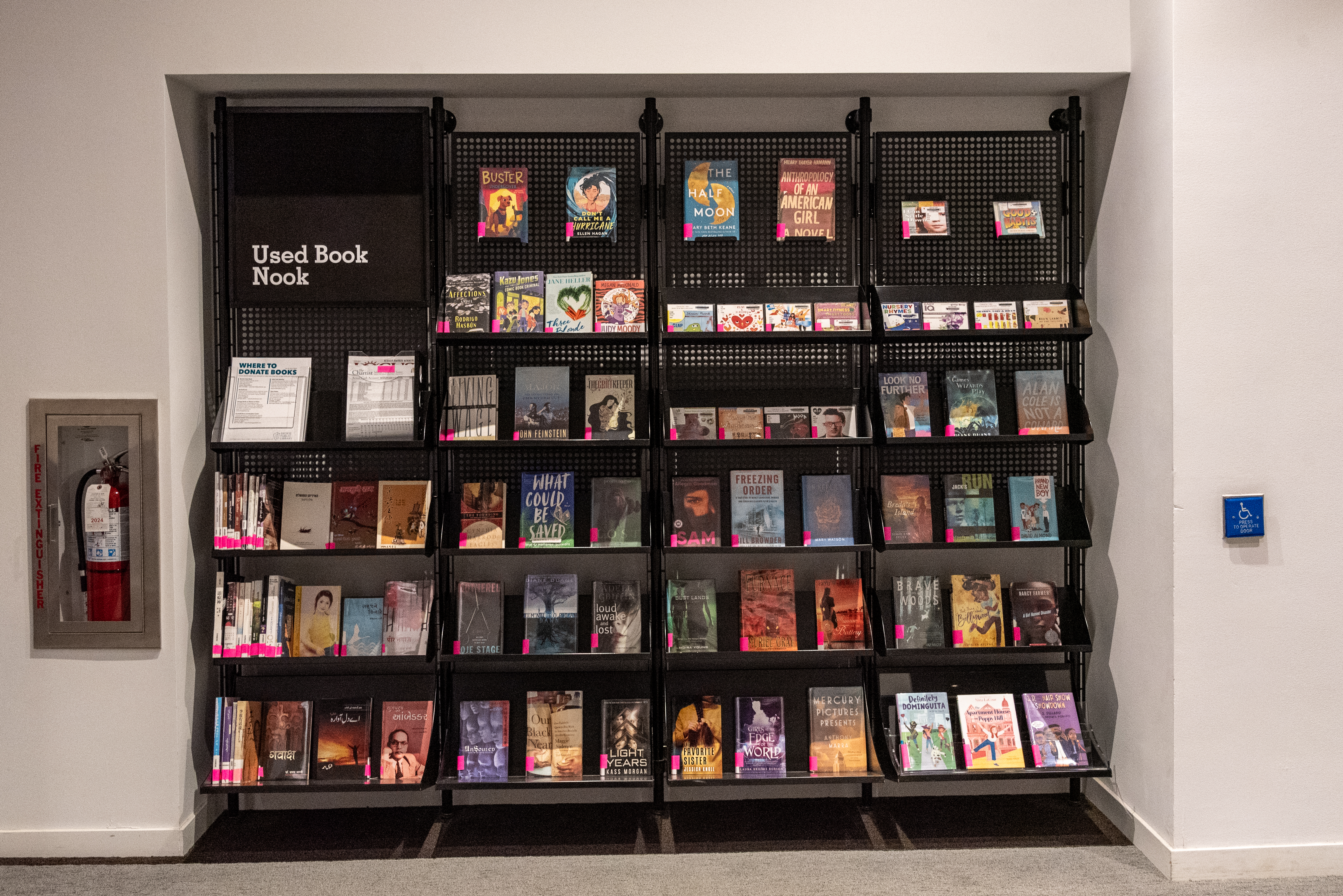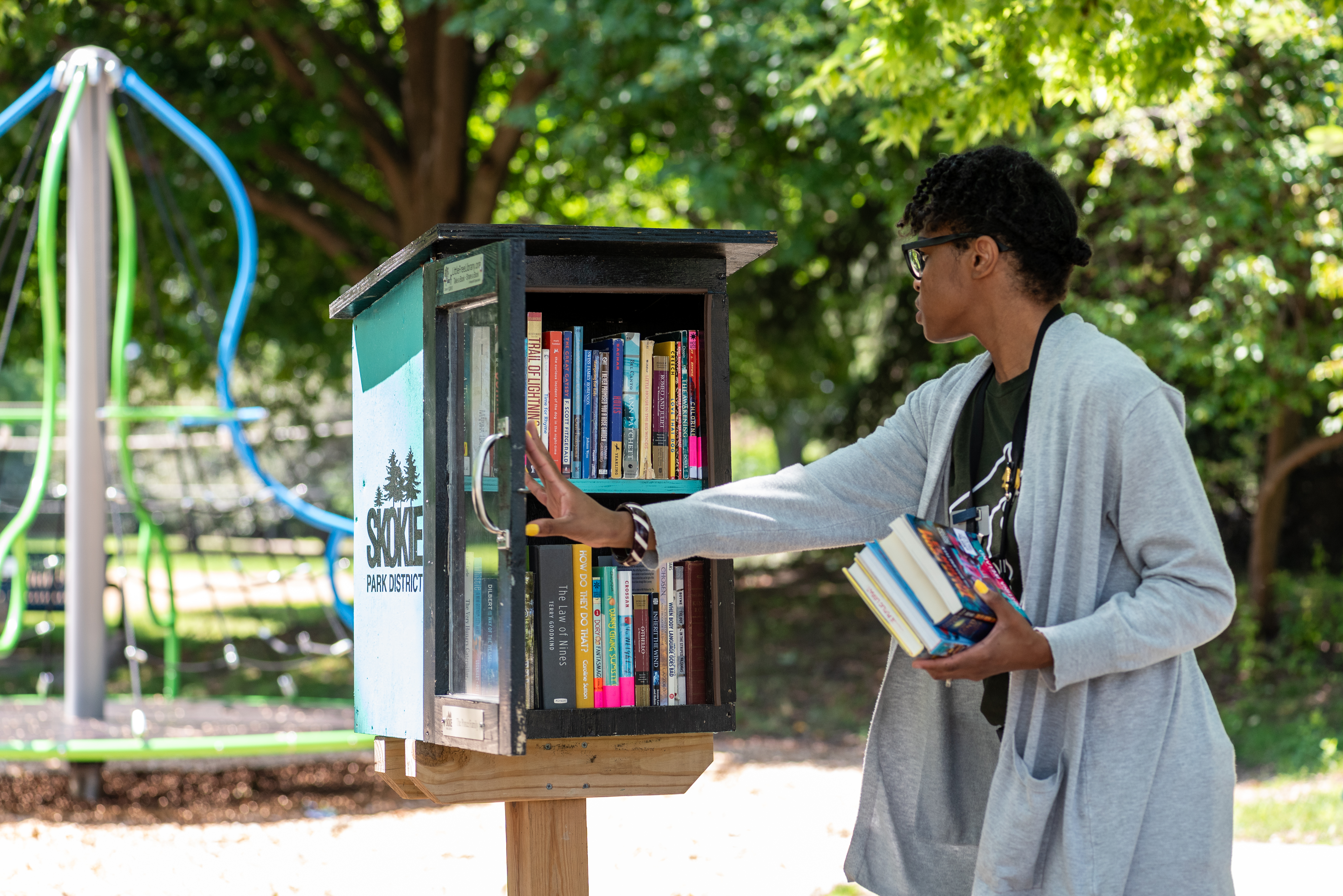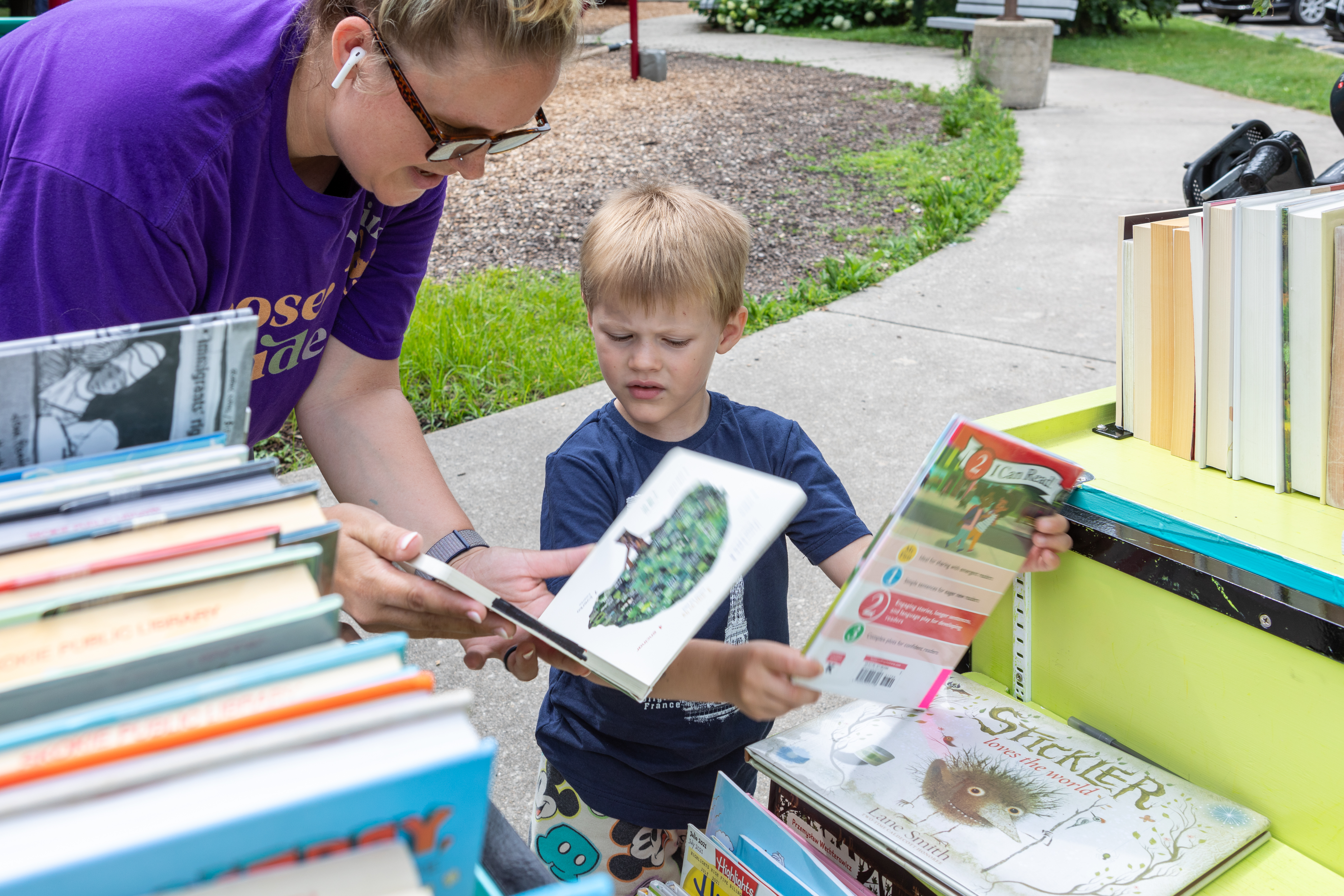Where Do Our Discarded Materials Go?
August 5, 2024
What do librarians and gardeners have in common? They both know the importance of weeding! In the yard, removing weeds helps keep gardens healthy and tidy. In libraries, weeding refers to the systematic removal of materials based on established guidelines. Because we add more than 45,000 new items to our shelves every year, weeding is essential for maintaining a relevant and useful collection, and to make sure we have enough space for those new items.

Just as you shouldn’t randomly pull out plants, we don’t haphazardly weed library materials. Our collection development librarians use the criteria outlined in our resources selection policy, including use, physical condition, duplication, and age (where information could be outdated). Many of our weeded items are duplicate copies of older titles or damaged items that are replaced with fresh copies.

What happens to discarded items? Most have a second life as we route them in multiple ways:
- Our Used Book Nook features withdrawn books, movies, CDs, and magazines for all ages and in multiple languages.
- Our book bike passes along weeded materials during neighborhood visits, and we regularly provide withdrawn items to local schools and nonprofit organizations.
- We send materials to Better World Books, a nonprofit that sells the items. Part of the proceeds are returned to the library and part help fund global literacy programs. The organization recycles any books that cannot be sold or donated.
- In partnership with the Skokie Park District, we help supply books for new Little Free Libraries in local parks.

We’re able to sustain the above efforts exclusively with our weeded items, and we don’t have the capacity to accept donated materials. To see some organizations that may take your book and audiovisual donations, please see our Donations page.
Weeding is not merely about discarding books—it helps create a healthy library where information is useful and easy to access. It also helps us extend our collection to others in the community who might be able to give the materials a better home. As in the garden, it ensures that what remains is a beautifully curated and cared-for space.